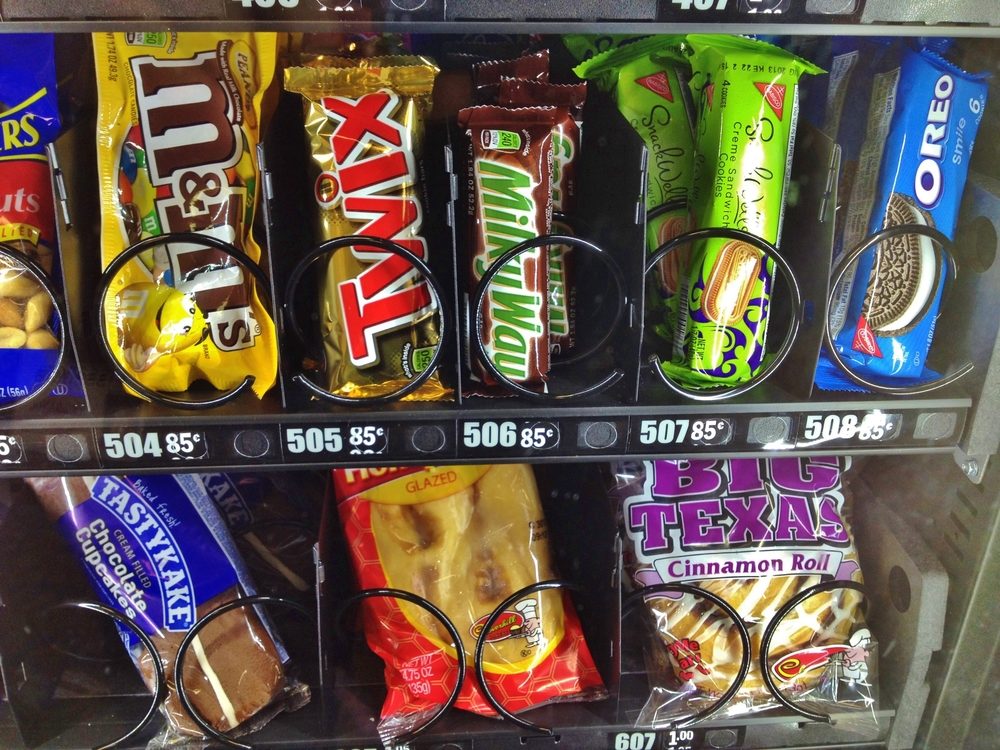New FDA Rules Require Nutritional Information On Menus, Vending Machines

As more and more Americans are counting calories and focusing on their health, the FDA has issued new regulations that are designed to help consumers when they are eating out or just grabbing a snack in the office break room.
On Tuesday, the FDA announced two final rules calling for calorie labeling on restaurant menus and calorie labeling on vending machines. The hope is that the information will help Americans better see how many calories they are consuming, and make healthier decisions with that information.
“Americans eat and drink about one-third of their calories away from home and people today expect clear information about the products they consume,” said FDA Commissioner Margaret A. Hamburg, M.D.

Did You Know?
Millions of Philips CPAP Machines Recalled
Philips DreamStation, CPAP and BiPAP machines sold in recent years may pose a risk of cancer, lung damage and other injuries.
Learn MoreThe new rules would apply to restaurants, fast food establishments and other retail food businesses that are part of a chain with 20 or more locations doing business under the same name. It would also apply to vending machines with 20 or more locations, which
would have to provide nutritional information on the products being sold.
Under the regulations, restaurants would be required to clearly display calorie information for standard menu items on menus, menu boards, or next to the name or price.
The new rule would apply to drive-thru’s, take-out food, big box stores, like Costco or Target that serve food, popcorn served at a movie theater or amusement park, ice cream and shakes from an ice cream shop, and hot dogs or frozen drinks from convenience stores, like 7-11.
Exempted from the labeling regulations are food trucks and other transportation based food, food at a deli counter intended for multiple people and food on menus in elementary, middle and high schools.
Seasonal menu items, daily special and condiments are exempt from the ruling.
Alcoholic drinks are also included, but not bottles placed behind the bar for decoration.
Uniform Requirements
The 1990 Nutrition Labeling Education Act established nutrition information on most foods; however it did not cover restaurant labeling. Thus, many cities and states began to create their own regulations.
The new federal guidelines are designed to avoid situations where a chain restaurant subject to the regulations would have to meet different requirements in different states. Now the requirements are uniform across the country.
The food establishments will have one year to comply with the regulations and vending machine companies will have two years.
The FDA analyzed more than 1,000 comments concerning the ruling, the majority supporting inclusion of alcohol, because of the great impact on public health. Commissioner Hamburg said it was one of the most contentious issues the FDA has ever had to weigh in on.
The menus would also include a statement to help consumers understand the significance of calorie information in the context of a total daily diet: “2,000 calories a day is used for general nutrition advice, but calorie needs vary.”
Get more articles like this sent directly to your inbox.
"*" indicates required fields




0 Comments